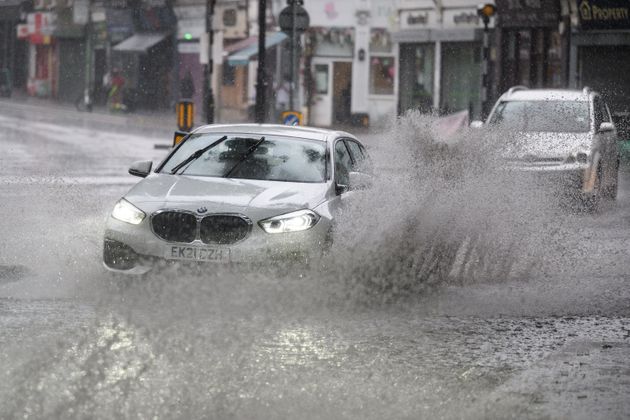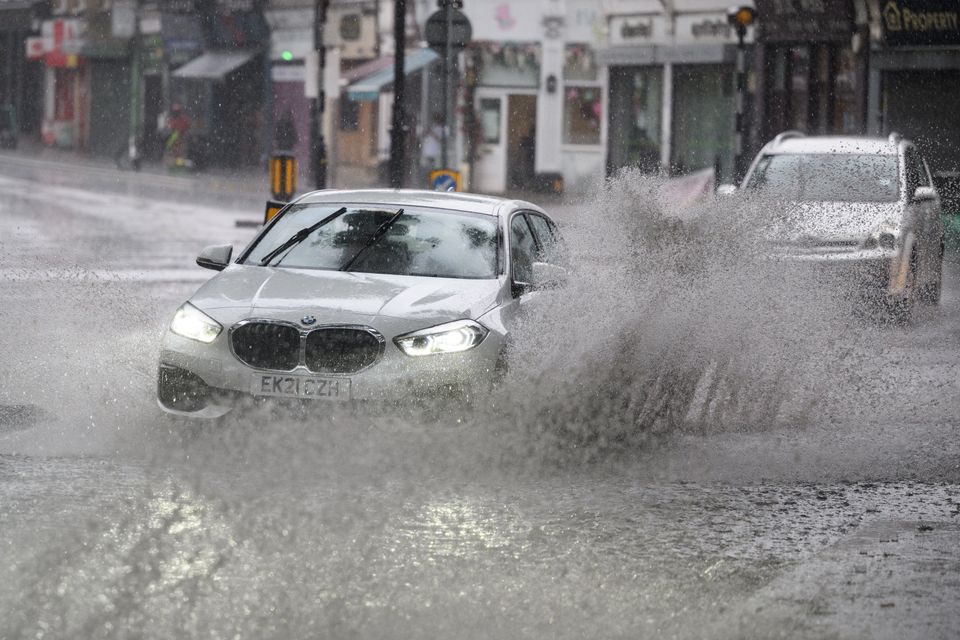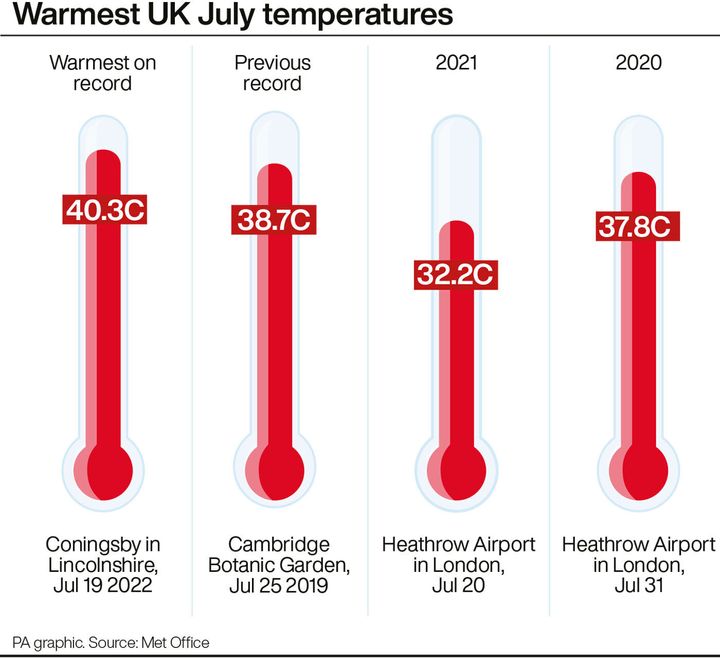
Be honest, how seriously do you take sun protection? Do you reapply sunscreen throughout the day, even on cloudy days?
According to collaborative research from LifeJacket Skin Protection and Melanoma UK, people in the UK are putting themselves in what the researchers have described as “grave danger” by not protecting their skin effectively with SPF.
Advertisement
The research has been launched in time for Skin Cancer Awareness Month and highlights how our neglectful approach to SPF is putting our bodies at risk.
Five Or More Sunburns Puts You At A Higher Risk Of Melanoma
According to the Skin Cancer Foundation, five or more sunburns can put you at a higher risk of melanoma – the third most common skin cancer in the UK. This is especially concerning given that the LifeJacket Skin Protection and Melanoma UK research found that, on average, UK adults have burnt themselves 15 times in a lifetime. Additionally, 20% of adults say that they never use SPF.
Ultraviolet light (UV) is a form of non-ionising radiation that is emitted by the sun and artificial sources, such as tanning beds and is responsible for 80% of premature skin ageing and 90% of melanoma skin cancers. This is strong enough to affect you even on grey, cloudy days and it’s recommended by Melanoma UK that sun protection is applied on a daily basis.
Of the UK adults who shared that they don’t use SPF every day:
- 21% said this was because they rarely burn and just tan
- 1 in 5 said they only use it when they feel like they’re burning
- 20% of people only remember when prompted by a friend or family member
- 16% will only use it abroad
- 10% only when the dial goes over 40 degrees celsius
However, according to the NHS, there is no healthy or safe way to tan.
Speaking on the data, Professor Christian Aldridge, a dermatologist who specialises in skin cancer said, “This new data correlates with what I’m seeing every day in my surgery… In many cases, it’s causing skin cancer which is almost totally preventable. We need a sharp change in attitudes to tanning and protection in order to slow down the rise in skin cancer cases.”
How To Effectively Protect Your Skin From Sun Damage
To effectively protect your skin, Professor Aldridge recommends:
- Daily use of SPF of at least 30, especially between April to September
- Wear Ultraviolet Protection Factor (UPF) clothing, especially if you have fair skin. Skin Cancer Foundation created a guide on UPF clothing if you’re unsure of what it includes
- Monitor your skin and if you have lesions that aren’t healing or are newly-pigmented for more than six weeks, especially in sun-exposed areas, keep an eye on them. He recommends monitoring for crusting, bleeding, and re-forming again or not improving with time. If this occurs, seek medical attention.
Additionally, the NHS recommends:
- Spend time in the shade between 11am to 3pm
- Apply sunscreen lotion 30 minutes before going out and then again just before leaving
- Reapply every two hours
- Reapply after being in water even if your sunscreen says it is “water resistant” as towel-drying and sweating can still remove it




















